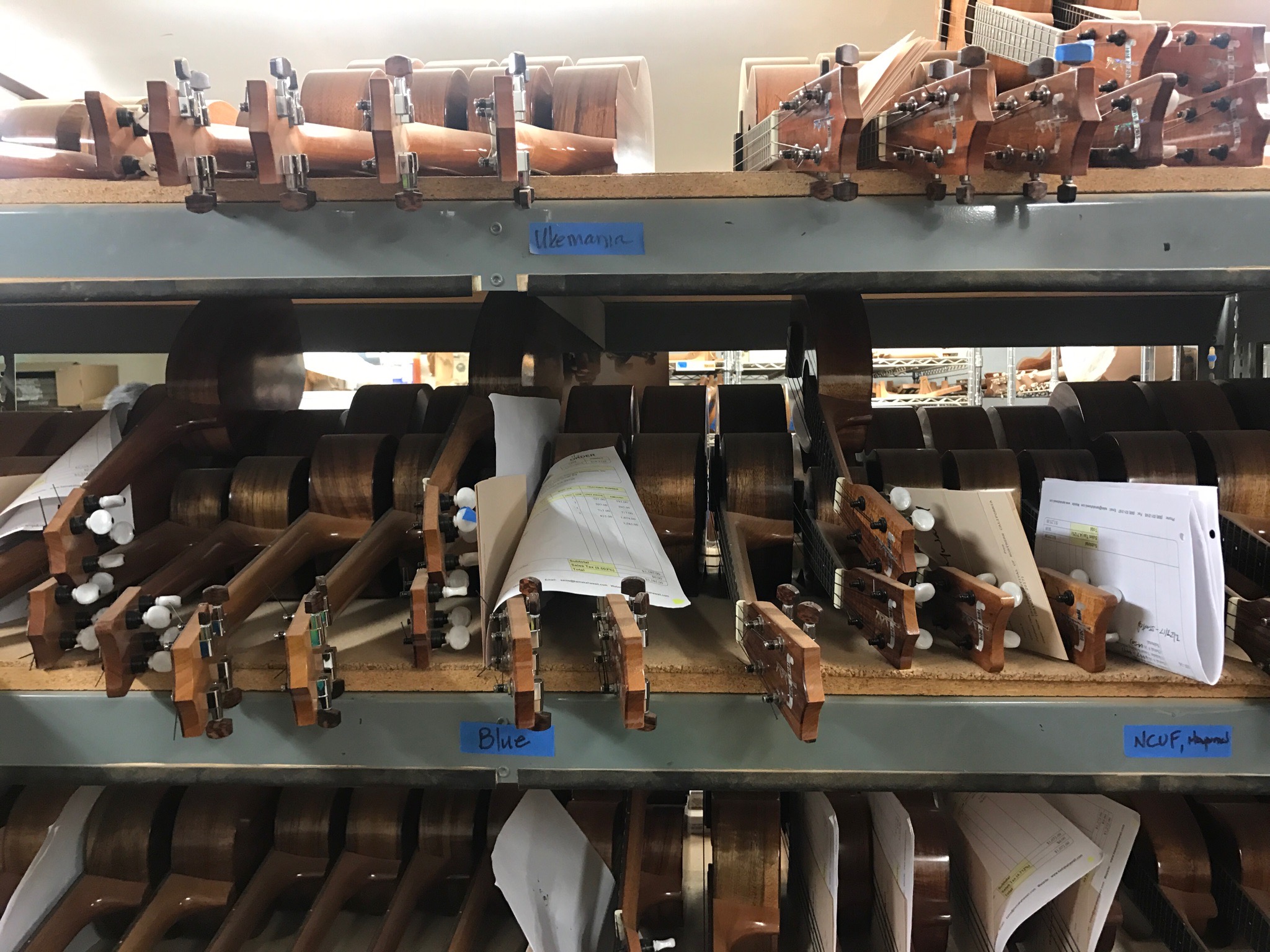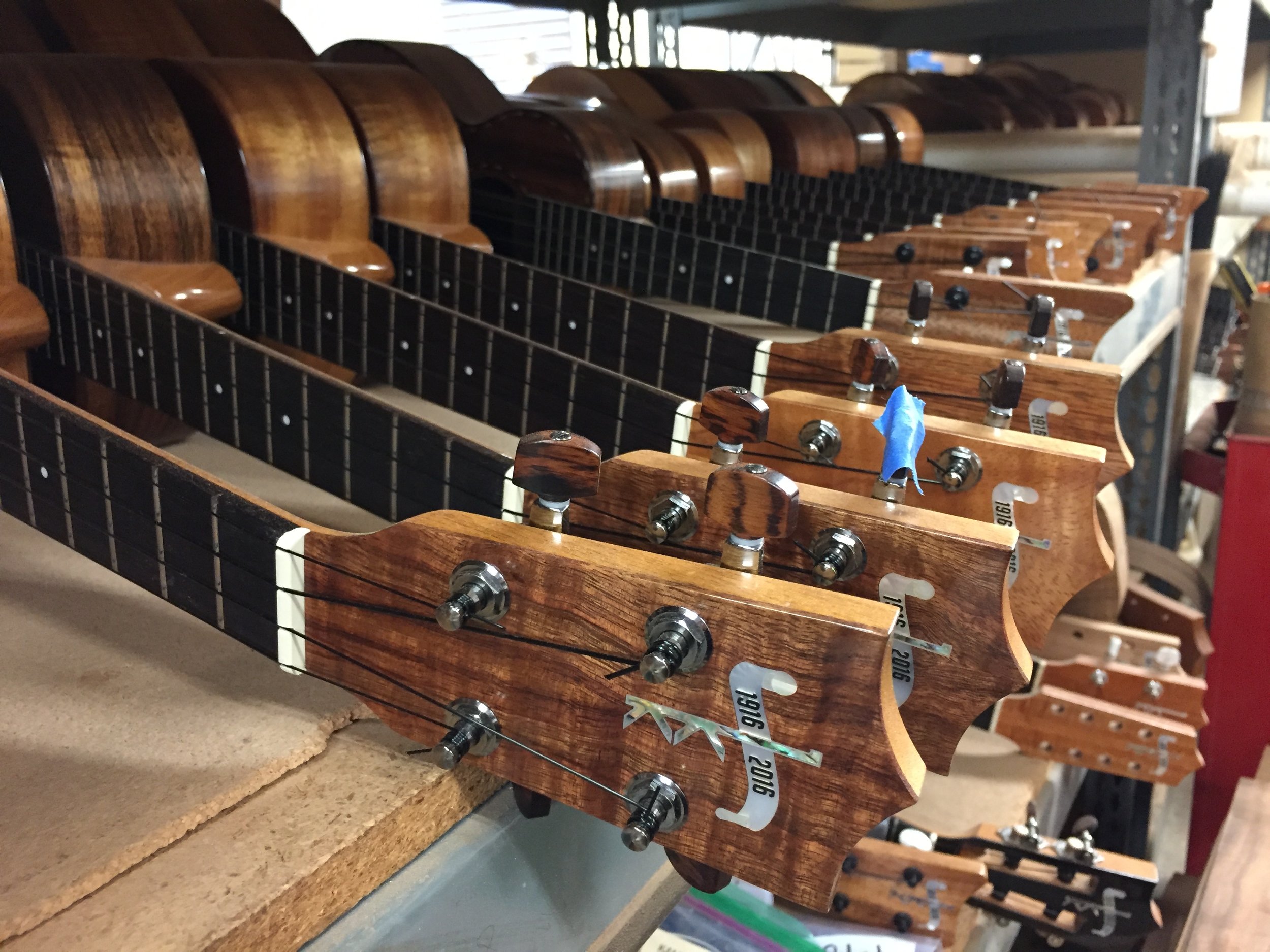Short answer: NO!
Longer answer: Somewhere, someone got the idea that there was such a thing as being "too old" to learn how to make music. And now many people seem to share this weird idea! Where did they learn this? I've spent the past few days thinking about it, and I think it boils down to two common misperceptions:
Myth 1: Music is Mysterious and Difficult
The world of musicians can feel like a secretive club with restricted access. And if you do dare to enter that world, you'll have to dedicate years of tedious practice before you'll be any good. FALSE! In my lessons, I cover the basics— strumming, chords, etc— but I also incorporate a lot of practical music theory so you learn the patterns behind popular music, which gives you a better understanding of how music works. And we dive right into playing (the first lesson includes four songs) so you can experience the joy of making music right away.
Myth 2: Music is Intimidating
What if I try and I'm not any good? Yikes!
Have you ever talked yourself out of trying something new? When I'm feeling nervous or scared in this way, I try to imagine my future self who has already done the scary thing. What will it feel like to have done ________? I also ask myself, what is the worst (realistically) that can happen? It's usually not as bad as my fear makes it out to be. There are some things you probably ARE too old for: playing the lead in Annie or becoming an Olympic gymnast, perhaps, but learning an instrument is not one of those things.
Need some inspiration? Check out Grandma Mary Ho in a video that's popping up all over social media:
H/T to Elaine for first sharing the Grandma Mary video with me. Isn't she wonderful? I'd love to jam with her!
When was the last time you did something even though you felt nervous? How did you get through it? I'd love to hear!
PS: If you're interested in learning how to make music in a friendly, approachable environment, please contact me.












































